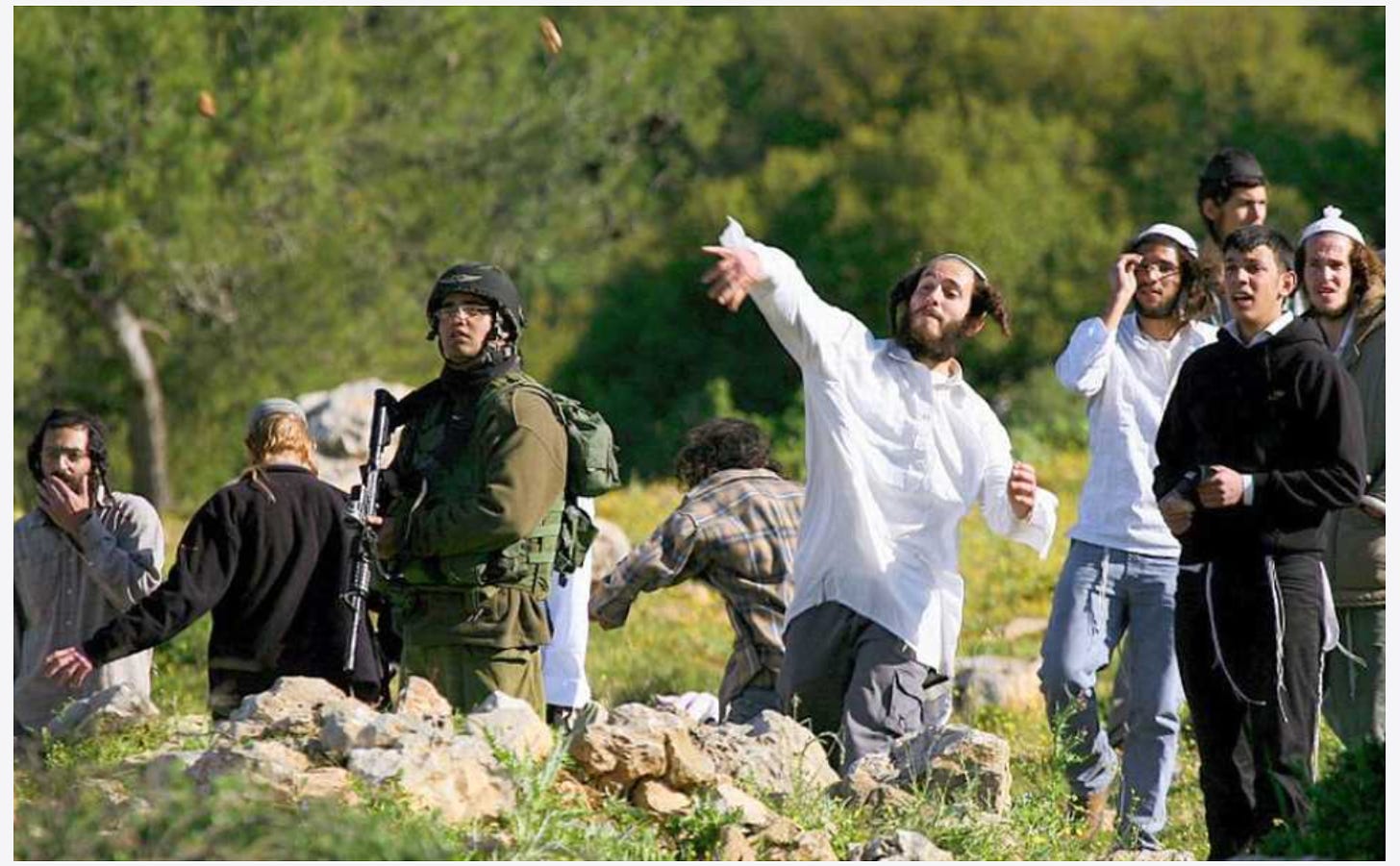Don’t worry: I don’t expect you to read this before class today. We’ll use this as our lesson plan. (And before that, we’ll talk about how to schedule things so that I’m not a week behind you.)
Reading
Sleight of Hand: Israel, Settlements, and Unauthorized Outposts, by Daniel Kurtzer.
The Accidental Empire: Israel and the Birth of the Settlements, 1967-1977, by Gershom Gorenberg. Arun was right, this is very good. I’m looking for a PDF, and when I find it, I’ll put it in our Google Drive.
Please have a look at the introduction and the Table of Contents, then read pp. 113-140 and the Epilogue. (Don’t hesitate if you feel like reading the whole book.) The reviews of this book also function as a good introduction to the wider debate, so please read the following reviews on JSTOR:
Colonial Drift, by Jonathan Tepperman. (There’s an allusion in this review to “the weird ethos of the settler movement, which [combines] religious messianism, ultranationalism, and an incongruous hippie aesthetic.” You’ll recall that I was trying to describe exactly this in class last Sunday.)
Placing Settlements in a Vacuum, by Mitchell Bard.
Creating Settlements: Illegalities then and now, by Benjamin Pogrund.
And please listen to this interview with the author and this lecture, too.
Then read the following articles:
Explaining the settlement project, by Ehud Eiran.
The Shift: Israel-Palestine from Border Struggle to Ethnic Conflict, by Menachem Klein. A review by Craig Larkin.
The rise of settler terrorism: The West Bank’s other violent extremists, by Daniel Byman and Natan Sachs.
Extremism and Violence in Israel: The Crisis of Messianic Politics, by Ehud Sprinzak
Read as much of The Settlers and the Struggle over the Meaning of Zionism, by Gadi Taub, as you find interesting and useful. It’s in the Google Drive.
Chronology
1967: Cease-fire leaves Israel in control of the West Bank, East Jerusalem, the Sinai Peninsula up to the Suez Canal, the Gaza Strip, and most of the Golan Heights. Municipal borders of Jerusalem are extended to include all of the Old City. Residents within the new municipal borders given the choice of citizenship or permanent residency. Sinai, Gaza, and West Bank are put under military occupation; residents offered neither citizenship nor residency, though typically they have de facto work permits within Israel and freedom of travel there.
1972: The West Bank settlement of Kiryat Arba is founded. The total settler population is 10,608, most of them in East Jerusalem:
West Bank: 1,182
Gaza: 700
East Jerusalem: 8,649
Golan Heights: 77
1975: Ma’ale Adummim is founded in the West Bank.
Keep reading with a 7-day free trial
Subscribe to The Cosmopolitan Globalist to keep reading this post and get 7 days of free access to the full post archives.





